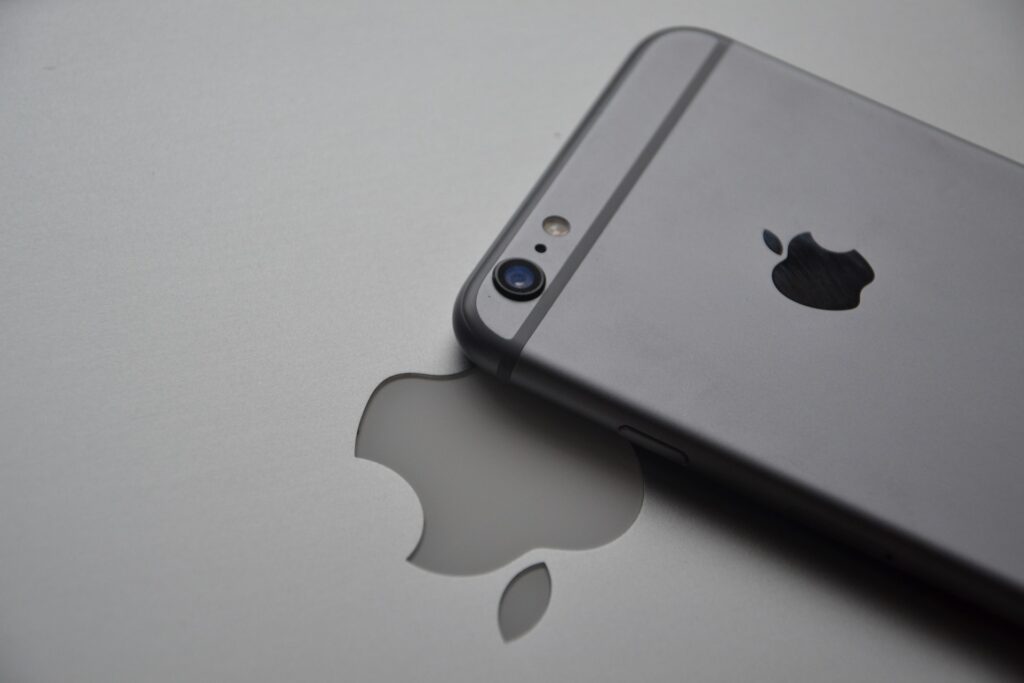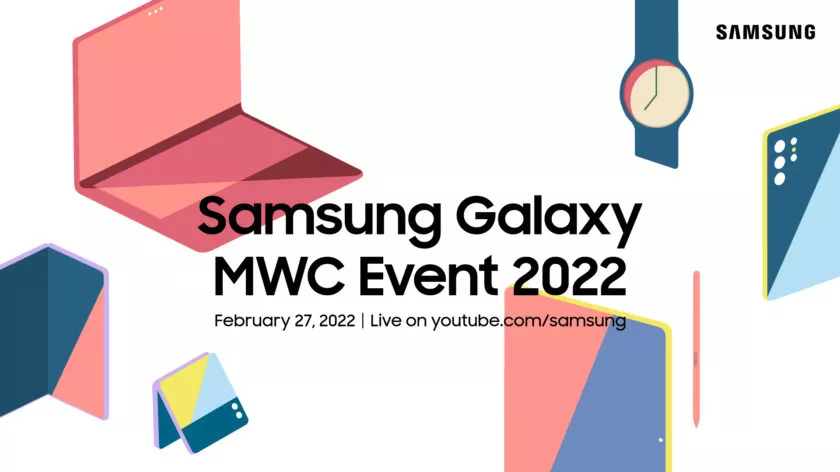Ever since smartphones appeared, we have had to deal with the battery issue every day. Although the normal thing is to last a day, we would all love it to last longer and Android already began a few years ago to take action on this matter. Now we have another solution in this regard, such as the adaptive battery.
Although the autonomy of our smartphone is greater than a few years ago, it is something that we have all been dealing with since we have these devices with us.
Obviously, we want it to last longer, but without sacrificing its performance, something that for quite some time was at least complicated.
However, the brands went to work to make their terminals more efficient and it seems that now the standard that the charge lasts at least a full day is something that has been achieved.
However, Google also played an important role in this whole issue and from Android 9 it began to incorporate parameters into the operating system so that greater savings could be achieved in terms of battery consumption, at least of the software that it confers on them.
We have had a solution with us for some time called adaptive battery, but do we know what it is exactly? We explain it to you right now.
What is adaptive battery?
Let’s say we are talking about a system that is going to try to relieve the stress on the battery with respect to certain applications that may not be important to us.
This system has the ability to identify the least used apps, those that do not need to be in the background.
What it does is directly eliminate them from the memory of the device, keeping the ones that it knows are being worked with regularly, making the latter even faster and more responsive.
This will mean that the apps consume battery when they really need to do so and not at any time as can happen. Google has created a complex neural network which is the one in charge of controlling all this, trying to find out which applications we might need in the next few moments and which ones we may not, which will be closed.
Actually, what Google uses is the DeepMind technology to classify applications, which then has an impact on the apps and system resources to be used.
Turning your Galaxy S21 or OnePlus 9 into a high-quality webcam is very easy by following these steps and through free applications.
We want to make it clear that the applications are not going to be deleted, they are only freed from memory, which will have the consequence that the moment we activate them again, they will be a little slower at startup.
This system also it will depend on whether we have the phone charged or not, being less severe if the terminal is in the electrical network, than if it is not plugged in at that moment.
Something that does not directly affect the durability of the battery, but which is an interesting derivative, is that Google has also been working on what is the charge of the terminal and has applied machine learning in this sense, so the way to Charging it will affect the battery life.
How to use the adaptive battery
This will depend on the version of Android that we have, however, version 9 and above must be activated.
We will achieve it by going to Settings, after in Battery and finally clicking on Smart battery (It is the same as adaptive battery). The switch to activate it, which is also present in Android 12, we must have it in color, because if it is not in this way it will not work.
In Android 12 in addition to this switch, next to the one we just showed you, we will have another function of adaptive load. This will only be if the phone supports it, seeing that the new Pixels already have it.
We present the best applications to clean your Android, since they do not interfere with parts that the operating system itself manages efficiently.
The time when this system becomes truly efficient is after about two weeks and enough information about the applications has been collected. From that time on, we should start to find differences in terms of battery durability.
As you have well contemplated, the only thing we can do with the adaptable battery is put it into operation or turn it off.
There is no adjustment whatsoever that allows us to configure it to our liking, because everything is done automatically by Android and the algorithms that they incorporate for this purpose.
All we can do is go to battery menu and select the battery menu where we can know which are the applications that consume the most and we can even close them if we wanted, but nothing guarantees that they will not open again in the background.
We can also use the battery saving function that our mobile phone has to limit activities, however, taking into account that nothing is selected here, but the app permission is cut so that the smartphone consumes less, it is an option that does not leave a very good place to performance and smartphone functionality.
Another thing we want to make clear to you is that, depending on the manufacturer, the adaptive (smart) battery function can be in a different place, since you already know that, depending on the customization layer, this is how certain options are placed in one place or another.
We are going to see the differences between the 2.4 and 5 GHz bands, in addition to placing 5G as the main one to connect to our Windows 10 computer.
For example, if you have a Samsung terminal with One UI as the operating system, we must go to Settings, then to Battery and device care, then Battery and finally enter More battery configurations.
There are other brands that instead of calling it adaptive battery or smart battery, they call it Battery manager and they place it in Settings, then you must click on Battery, Then in Battery manager, to finally have the tab of Active battery manager.
As you have been able to read from Google, they are increasingly concerned about trying to make the battery last as long as possible and with this system, plus the solutions of the manufacturers themselves, something more duration is achieved, since we already have examples of smartphones where it can be achieved that exceed the autonomy day.
It seems clear that as long as the battery system is not revolutionized, the best way to spend less battery will be in the software, and of course, Google in that is the one that should take the upper hand.



